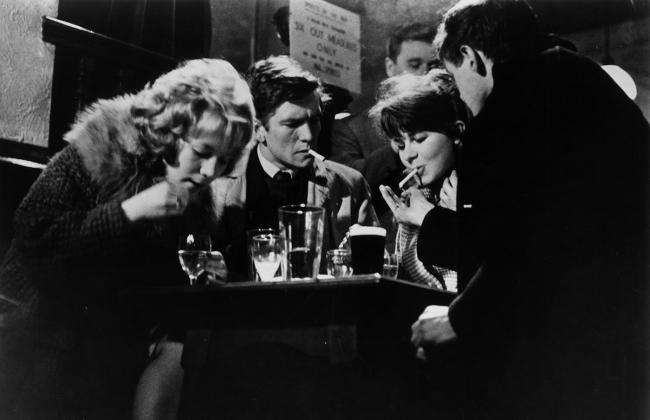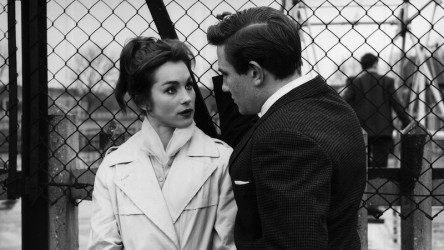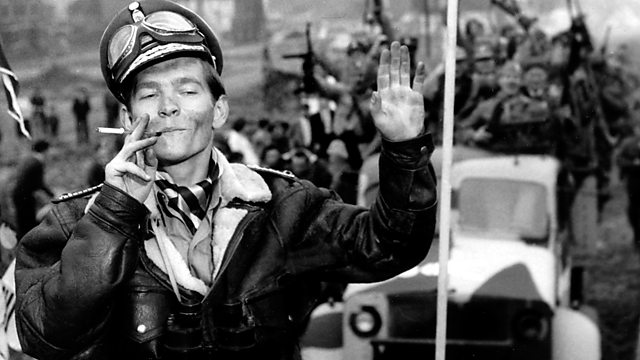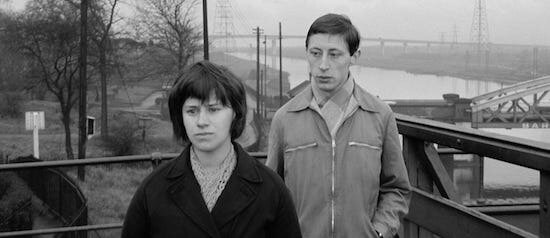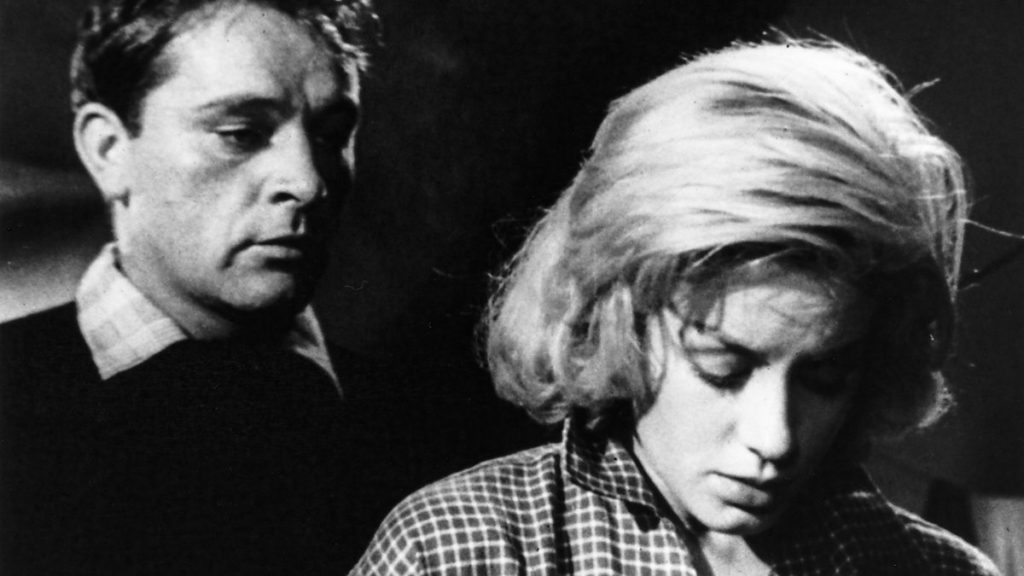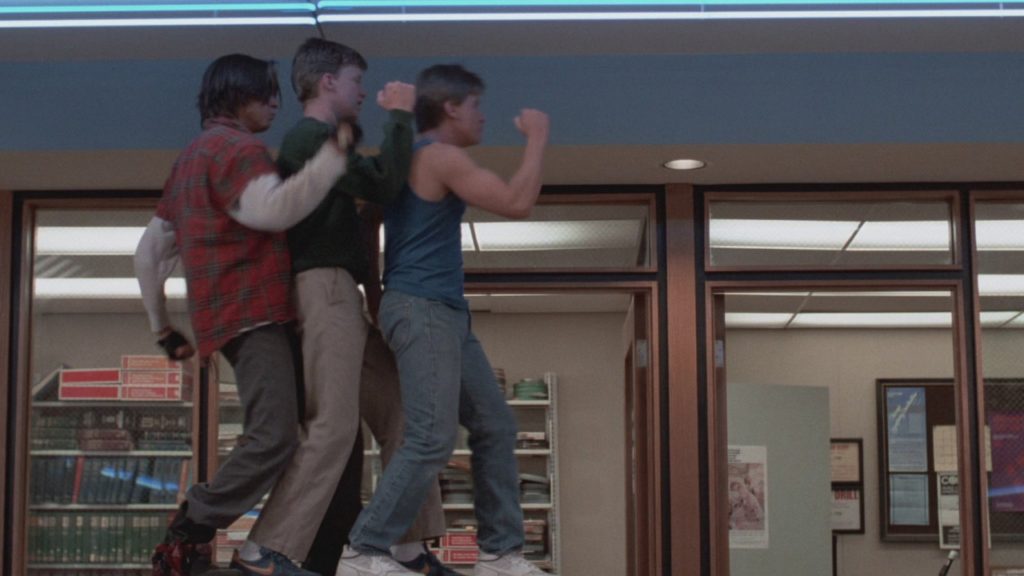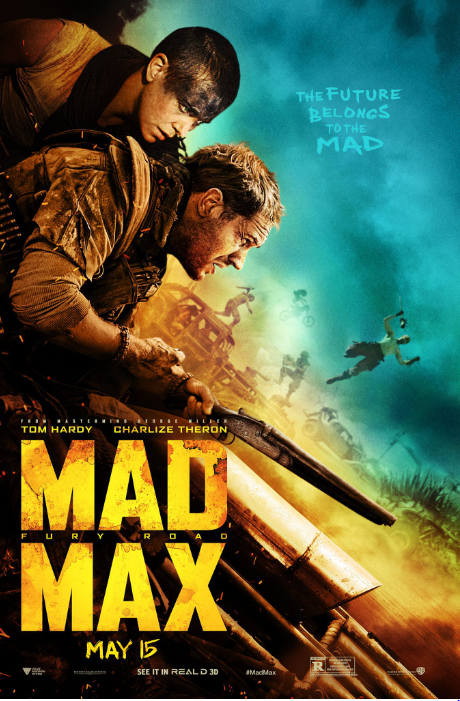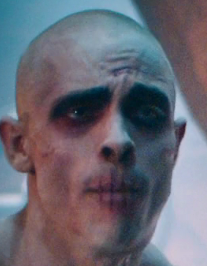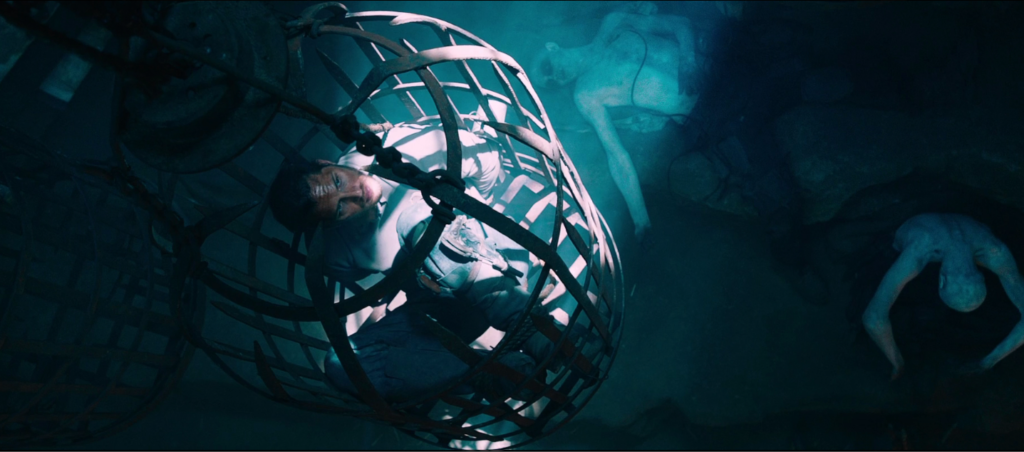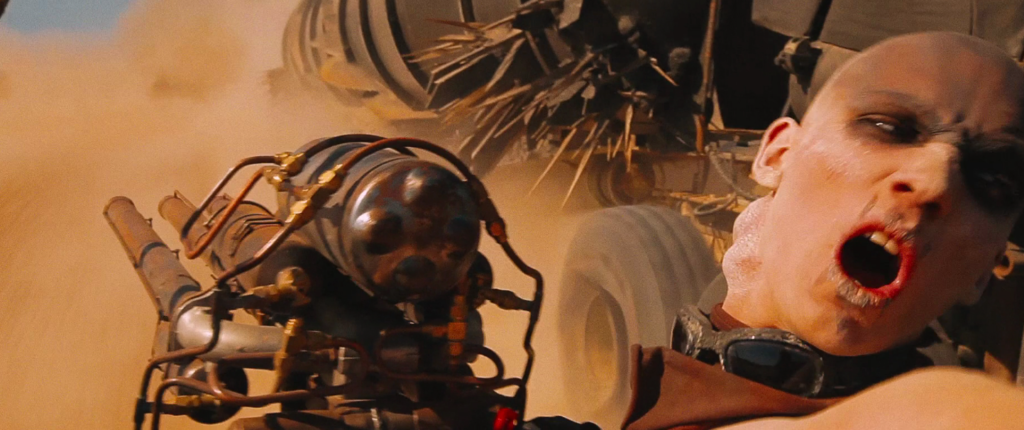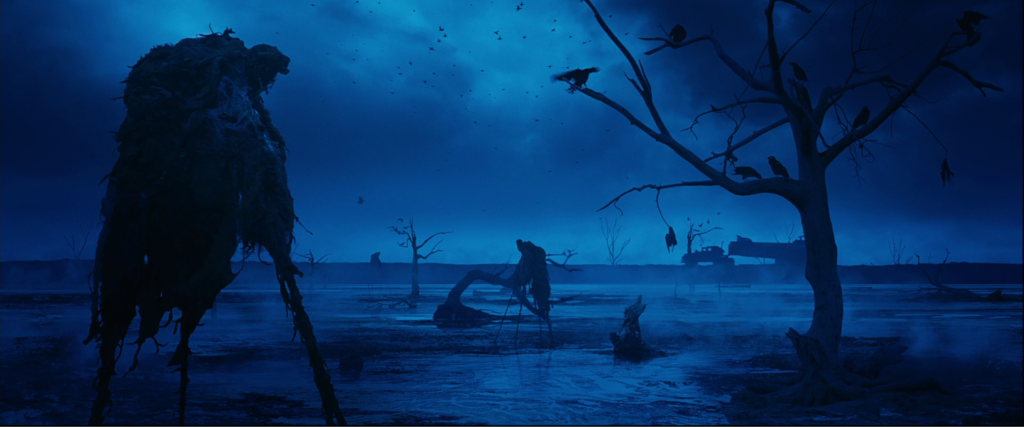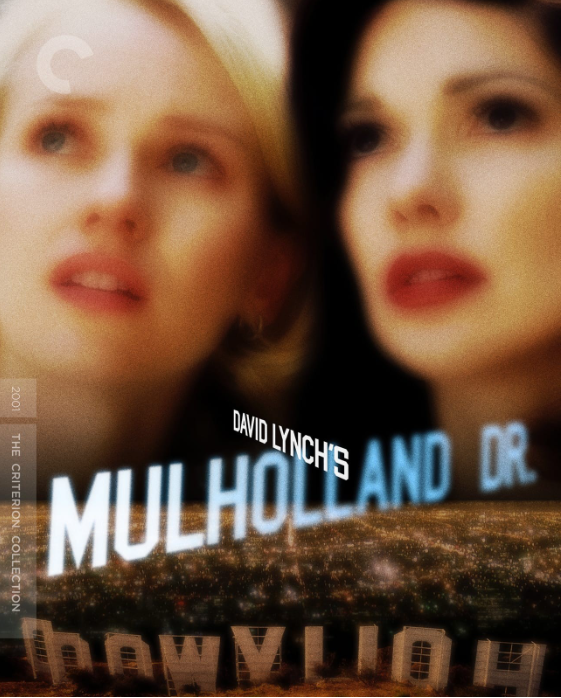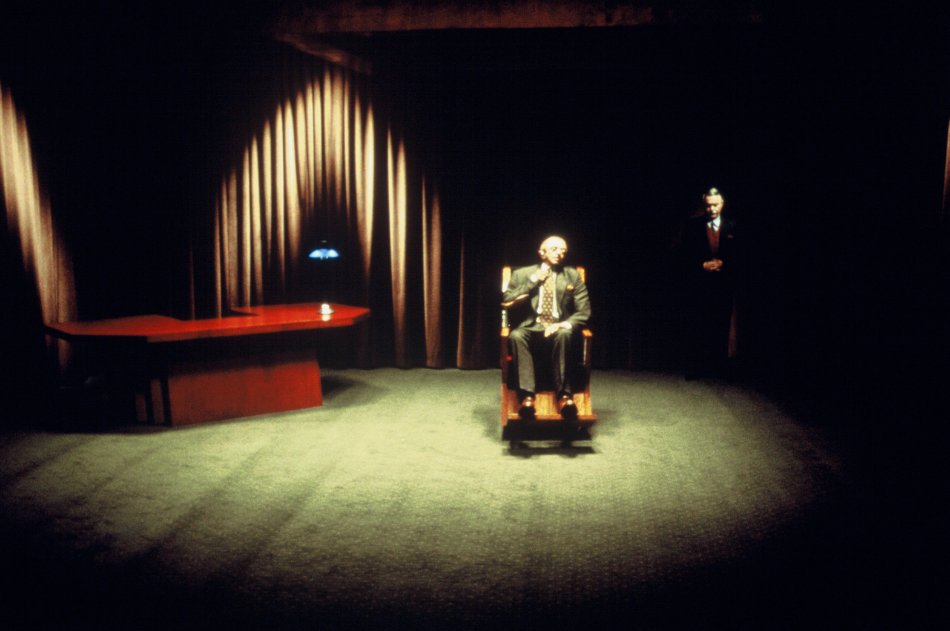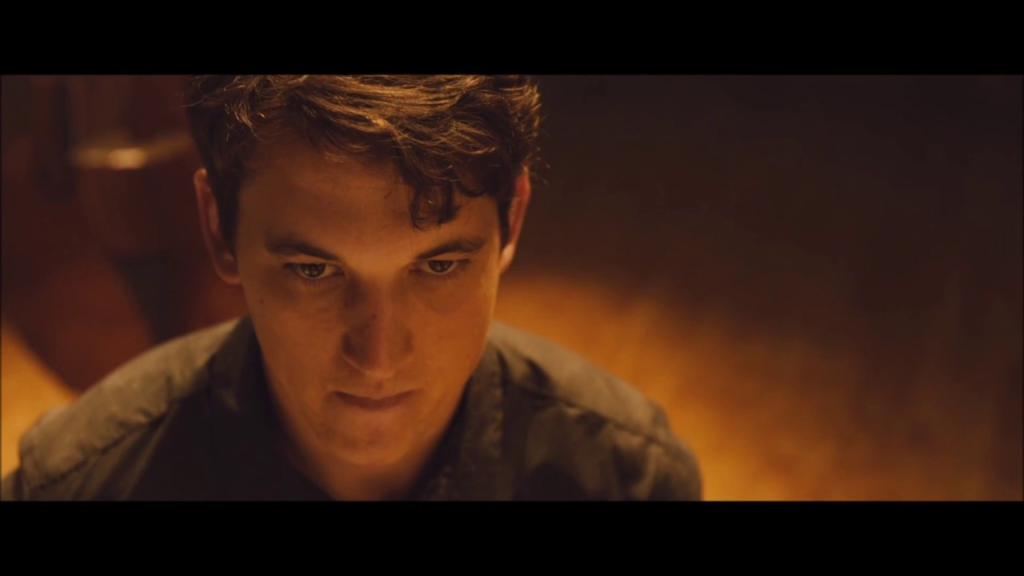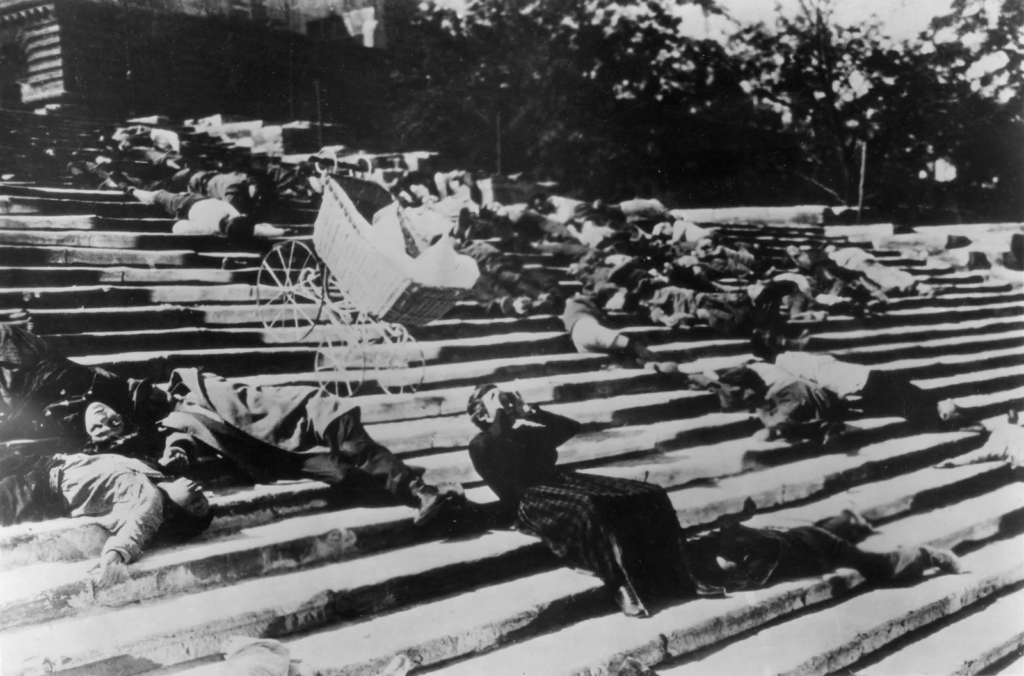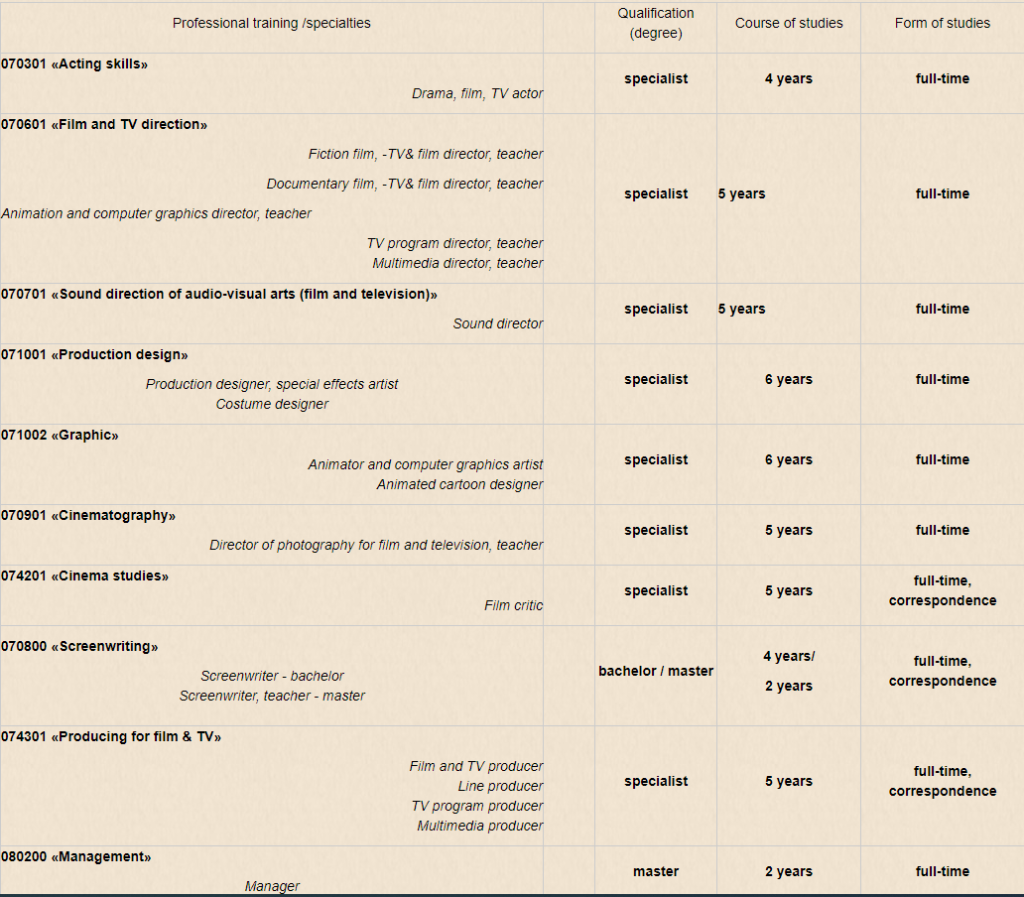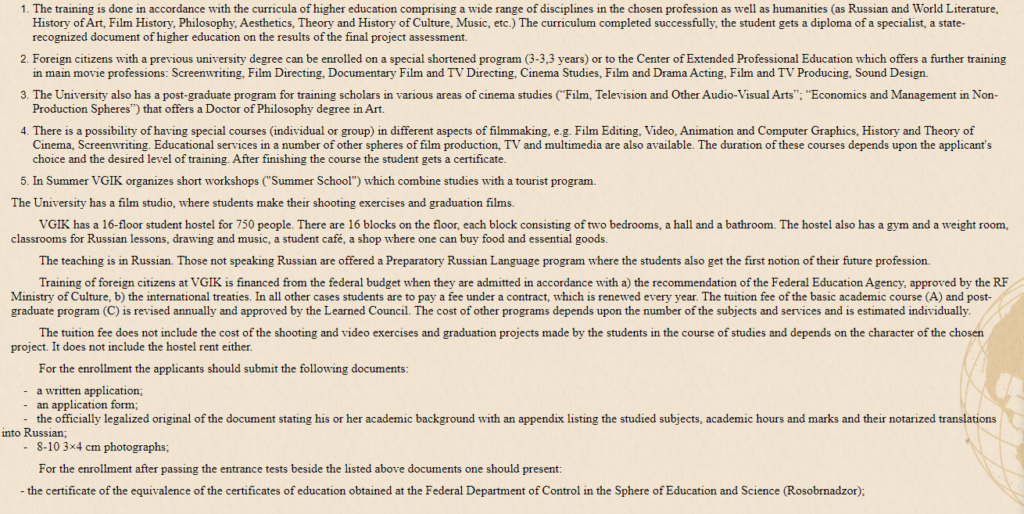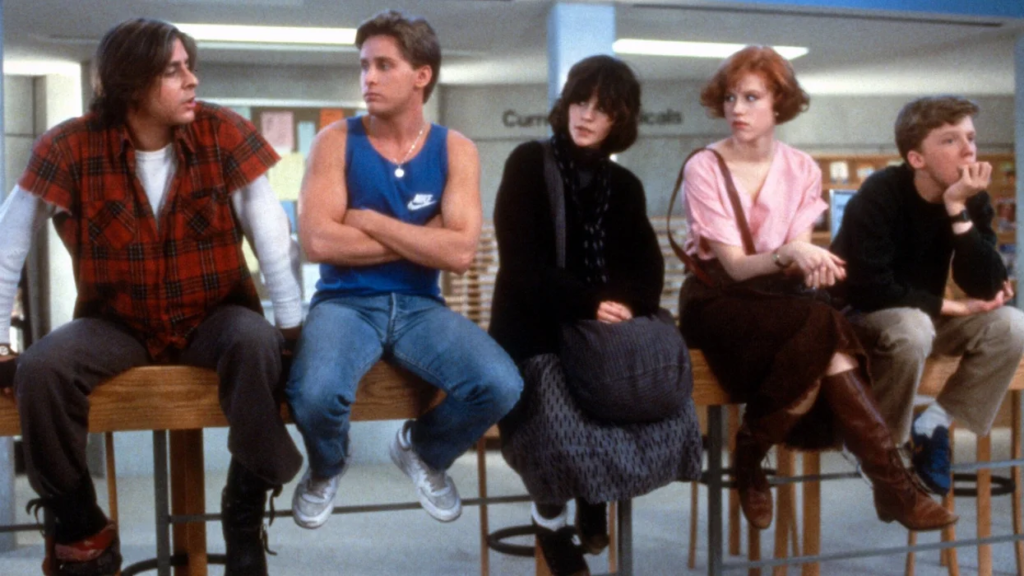No Wave Cinema came out of the punk rock scene and was defined more by attitude than style.
Filmmakers like Kembra Pfahler, Beth B, and Tommy Turner were influenced by the raw energy of punk music and the art world of New York City in the 1960s and 1970s.
No Wave Cinema was characterized by its gritty look, use of non-professional actors, and edgy themes.
No Wave filmmakers had a do-it-yourself (DIY) approach to their work. They didn’t care about money or fame; their goal was to create something that could be appreciated by a small group of people.
some notable films of this era are:
- The Blank Generation (1976)
- Rome 78 (1978)
- The Driller Killer (1979)
- Permanent Vacation (1980)
As well as some famous directors such as:
Jim Jarmusch, Tom DiCillo, Steve Buscemi, and Vincent Gallo
